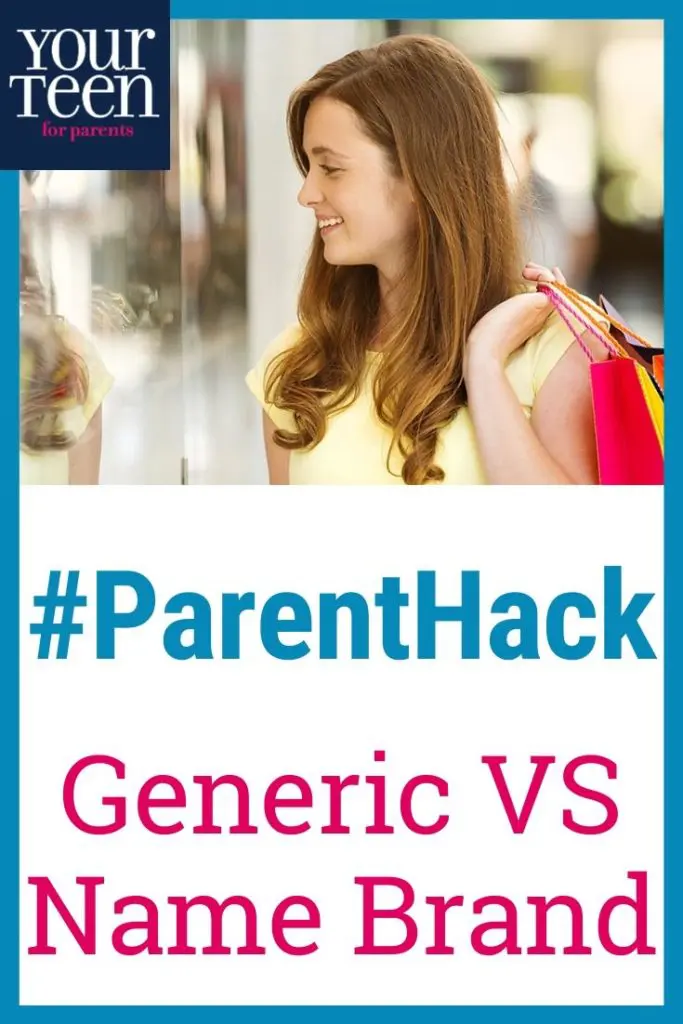I don’t remember the exact moment when I landed on the idea for my Old Navy price break strategy, but it was probably during a shopping trip at the mall with my teenage daughter. And I was likely wearing one of my favorite pairs of $15 Costco athletic pants while she browsed the $90 leggings at Athleta. The classic generic vs. name brand debate.

I totally understand the allure of those leggings. Brands once mattered to me—a few decades ago. Growing up, I loved my Camp Beverly Hills sweatshirt and chased deals at The Limited. But my own familiarity with my teen’s desire for brand-name leggings doesn’t mean I am ready to drop $90 on them.
Kids are expensive.
The U.S. Department of Agriculture estimates that the total cost of raising a child hovers around $233,600, with clothes accounting for about $14,000 of those expenses. All things considered, those $30 leggings at the Old Navy store at the opposite end of the mall work just fine.
And that’s how I came up with my parent hack for helping my daughter decide on generic vs. name brand. I pay the Old Navy price for whatever I agree she needs. If she wants a more expensive version, she covers the rest with earnings from babysitting and allowance, along with gift cards she receives on birthdays and holidays.
I’ve since learned that I’m not the only one to institute a similar policy. In his book The Opposite of Spoiled, New York Times columnist Ron Lieber touts the benefits of using Lands’ End prices as a budget limit with his own daughter.

At my house, the approach has worked well. There’s no more haggling at the mall about what I will or won’t buy. She’s proven to be judicious with her cash, sometimes opting for an Old Navy-priced item instead of paying extra for something more expensive. And that’s a lesson I’m proud to teach her.





